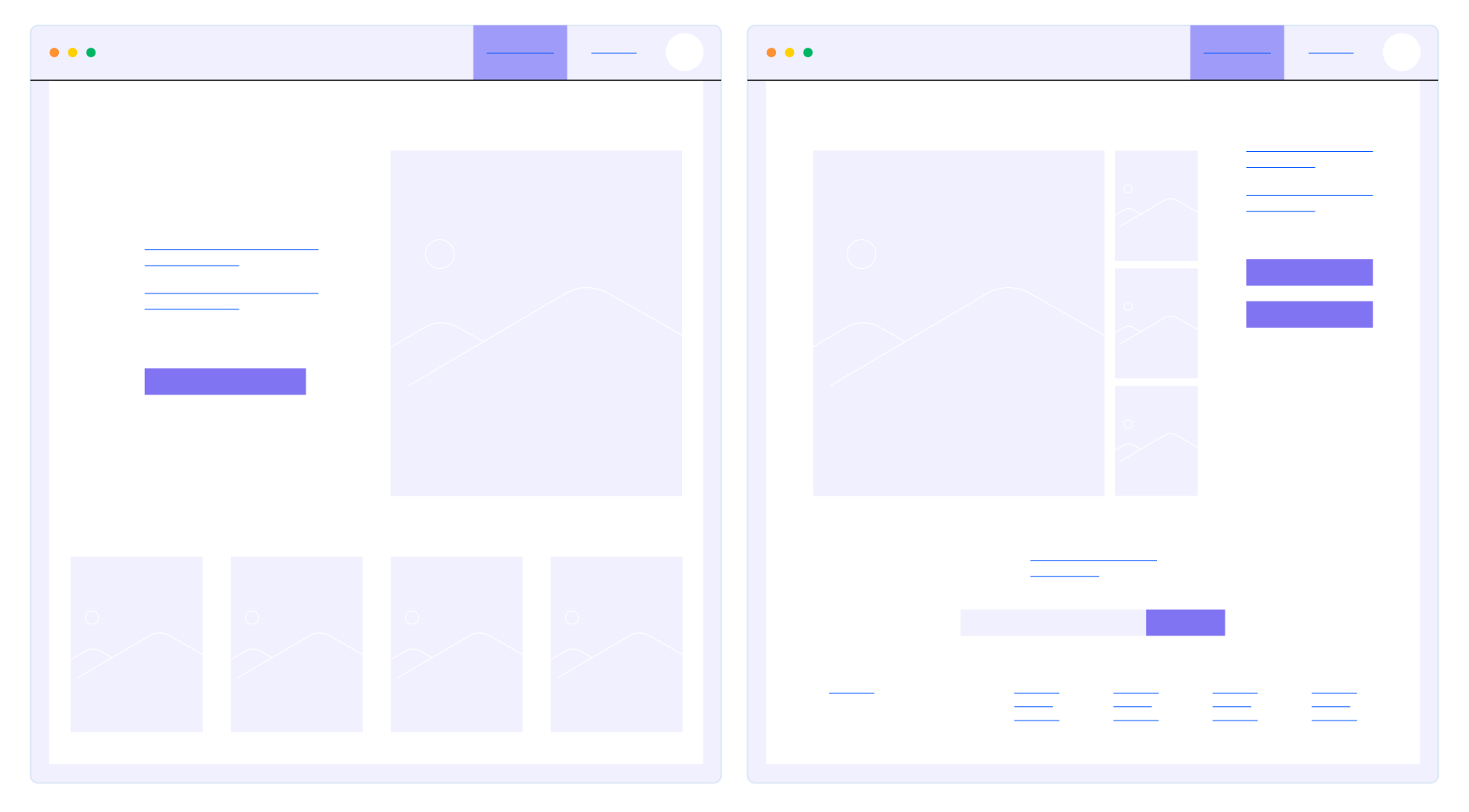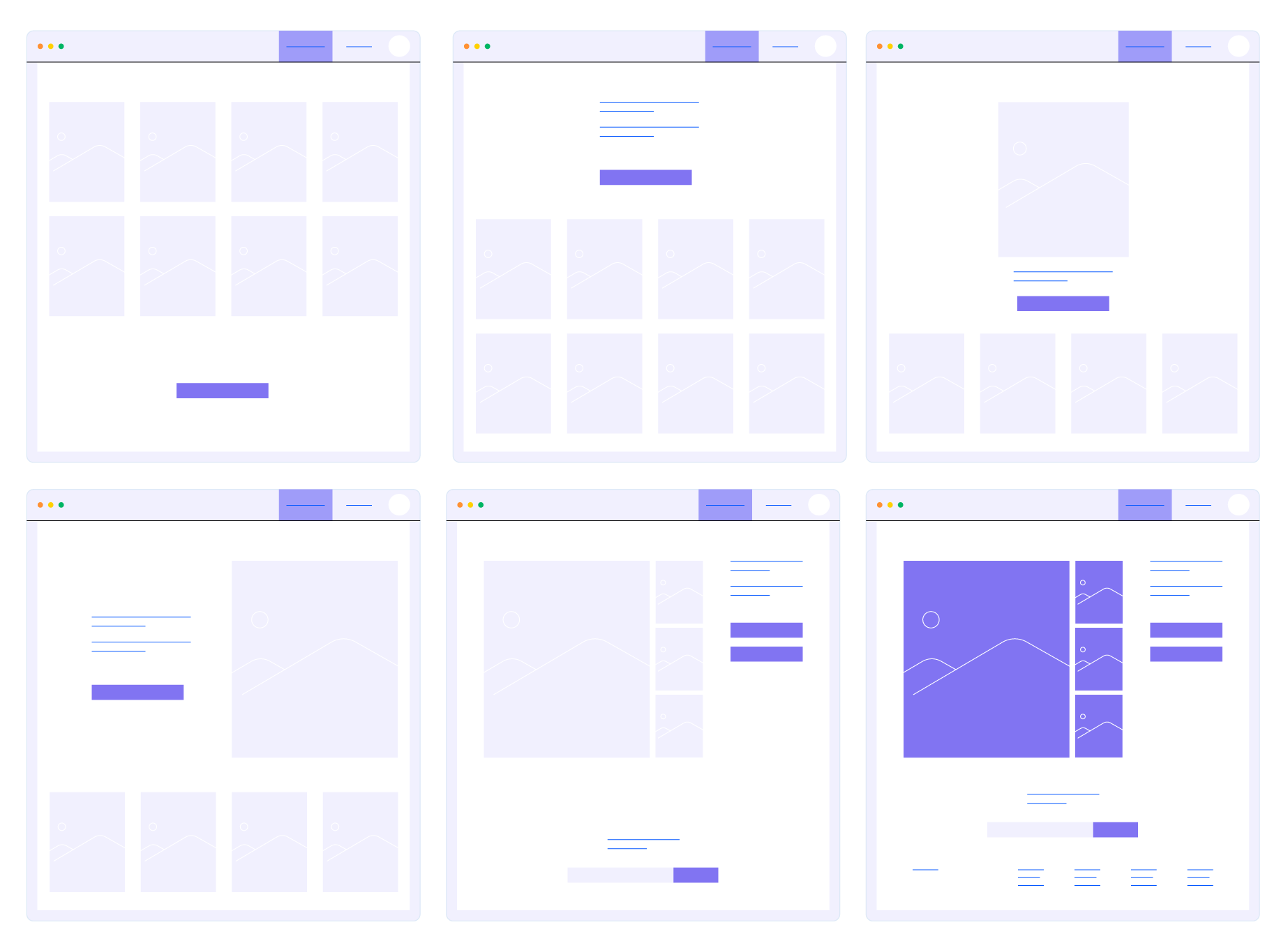Learn how to get started with these simple but effective personalization use cases.
Many marketers feel they need help with personalization. They understand the potential value that personalization can bring but are still determining where to start. In this article, we will cover several use cases, provide step-by-step instructions and see if we can squeeze in some advanced personalization scenarios to help you elevate your digital marketing.
Ready? Let’s Get Personal!
If you happen to look at your analytics software, you will notice that visitors reach your website via multiple sources:
- Organically – by researching topics, products or brands on their favorite search engine
- Social media – where they interact with your company’s page or user-generated content as part of their own network or groups they participate in.
- Website referrals – from links on other websites such as directories or blogs
- Direct traffic – where someone types in the website address
- Email marketing and newsletters – from general updates and newsletters to dedicated email marketing initiatives
- Paid advertising, account-based marketing (ABM) and a dozen of more advanced traffic generation initiatives.
- QR codes, print brochures, user manuals, conferences and events… and more.
Regardless of the traffic source, most visitors will visit your homepage, a “product” page, or a seemingly random resource such as a blog post or community thread.
The number of these initial touchpoints is almost endless. But if you look closely enough, you might start spotting patterns:
Someone happy with your product or service might recommend it on social media and post a direct link to the details on how to subscribe for your service or where to buy your products.
Someone who is… not very happy might link to your “contact us” or even “cancel my subscription” pages.
Your demand generation team often links to specially crafted landing pages optimized to reduce distraction and nudge visitors to convert.
This list of use cases can easily span a couple of pages.
All those examples tell you that your visitors have come to your website with a specific need. Your goal is to understand this need—and, in the “I want to cancel my account” scenario, offer them an alternative.
Personalization to the Rescue.
Running a marathon may seem like something you could never do. But the truth is that starting small and progressing steadily can lead you to results you will be proud of.
We will put a pin in “personalization strategy” for a moment. We still need to start from somewhere, so here are a couple of questions for you:
- What is the goal of your website? To inform, educate, sell or support your customers?
- What actions do you want your visitors to take once they have landed on a page?
- Do you run focused marketing programs supported by content specifically created for this campaign?
Depending on your answers, you can look at your website from several different angles:
- I want more people to find the information they need so we can reduce the number of support requests or phone calls.
- I want visitors to quickly find a product they like or a service they need.
- I want to improve the success rate of our marketing campaigns, so we reduce cost per lead and generate more business.
These are enough to get us started. Here is where the fun begins.
The Role of Personas
I am an avid skier, kitesurfer and hiker. Sometimes, I might even go on a seemingly pointless road trip. This is my “persona.” Someone who likes to travel. Many friends would not go near a cold mountain but would happily sample some Italian cuisine. While we all love to travel, we have different needs. And so do your visitors.
So here comes segmentation.
Firstly, define personas based on how well you know your audience: the information seeker, the lifelong customer, the high-value prospect and the frequent caller. You can go even deeper based on your understanding of what they want (e.g., music lovers, homebuyers, car insurance shoppers) and how they found you: social media, Google, YouTube or a paid campaign.
Too many options? There’s no need to spread thin. Start with personalizing the homepage or focus on a segment that is… underperforming or offering potential for growth.
Once you have defined your fictional persona, it is time to roll up your sleeves.
Your next step is to craft messaging that speaks to the needs of your audience.
- What do I want to tell the visitors who come from Facebook? How are they different from the random visitor who typed in our domain name?
- What do I want to tell the visitors who have interacted with a paid ad on Google?
- How about the visitors who keep returning to the site because they are true fans?
See the pattern?
Generic messaging won’t cut it anymore. You need to anticipate your customers' needs and offer them a frictionless experience without overdoing it.
Let’s focus on two easy-to-implement personalization scenarios you should try today!
Personalization Based on Traffic Source
The idea behind this approach stems from the fact different traffic sources will contribute in different ways to your goals. So tagging your campaigns with UTM parameters to help you identify where traffic came from and then using these UTM parameters to personalize the page with a specific message is a great way to unveil some interesting details.

Google’s Campaign URL Builder is a great tool to help you easily customize the URL. Depending on how you promote your content, you will be either generating those URLs manually or automatically. No matter the approach, it is a good idea to add UTM parameters to your campaign links, regardless of whether you will be using these to personalize the content with Progress Sitefinity Insight or only to track visits and conversions.
When to use it:
When you want to reuse the content of existing page but to change the main CTA or messaging to align with a campaign goal and the traffic source.
Behavioral Personalization (Based on Past Interactions)
In this scenario, we will personalize the page to offer products or services people may be interested in based on their previous interactions.

Here are some easy-to-follow steps:
- Identify a set of pages that provide content targeted at a specific persona (ski-lovers).
- Let Sitefinity Insight retroactively crunch some data to find contacts in your database that have previously researched ski destinations.
- Create a segment (hint: you can export this segment for a dedicated email marketing campaign) that we will target to personalize the homepage.
Et voilà! The next time someone is identified as a ski-lover, based on the content they have read on your website, they will see an offer they won’t easily skip.
This approach can work for anyone and is a great way to optimize campaigns, reduce content waste and shorten the path to the desired outcome.
How to Do It in Sitefinity Insight
Step 1: Create a new persona called “ski lover” with threshold of 10 points.
Step 2: Add a rule for each ski-related page to give 5 points. This way when the visitor hits the second page for skiing, they will be recognized as a skier. You may decide to reduce the amounts of points for pages which you consider giving fewer points.
Go to Sitefinity CMS
Step 3: In the Marketing -> Personalization menu define a Skier segment based on the Insight persona.
Step 4: Create a personalized version of given page for the Skier segment.
Once you have mastered these simple use cases and seen your conversions increase, you can dive into more advanced scenarios where you will want to use your CRM data to personalize the experience. We will cover this separately.
So, there you go. Personalization is easy with Sitefinity and Sitefinity Insight and even small steps toward delivering a personalized experience can significantly impact your customers’ journey and their lifetime value.
Your last step is to keep an eye on the performance metrics and the personalization report.

Fancy getting on a hands-on workshop? Leave a comment below or request a demo.

Alexander Shumarski
Alexander Shumarski is a Sitefinity Product Marketing Manager at Progress. He has spent the past 10+ years managing large-scale website initiatives and has deep-dived into online media and e-commerce industries. An adventurer at heart and a power CMS user, he has embarked on a journey to empower marketers to tell compelling stories without reliance on IT.
Next:
Comments
Topics
Sitefinity Training and Certification Now Available.
Let our experts teach you how to use Sitefinity's best-in-class features to deliver compelling digital experiences.
Learn MoreMore From Progress
Latest Stories
in Your Inbox
Subscribe to get all the news, info and tutorials you need to build better business apps and sites


